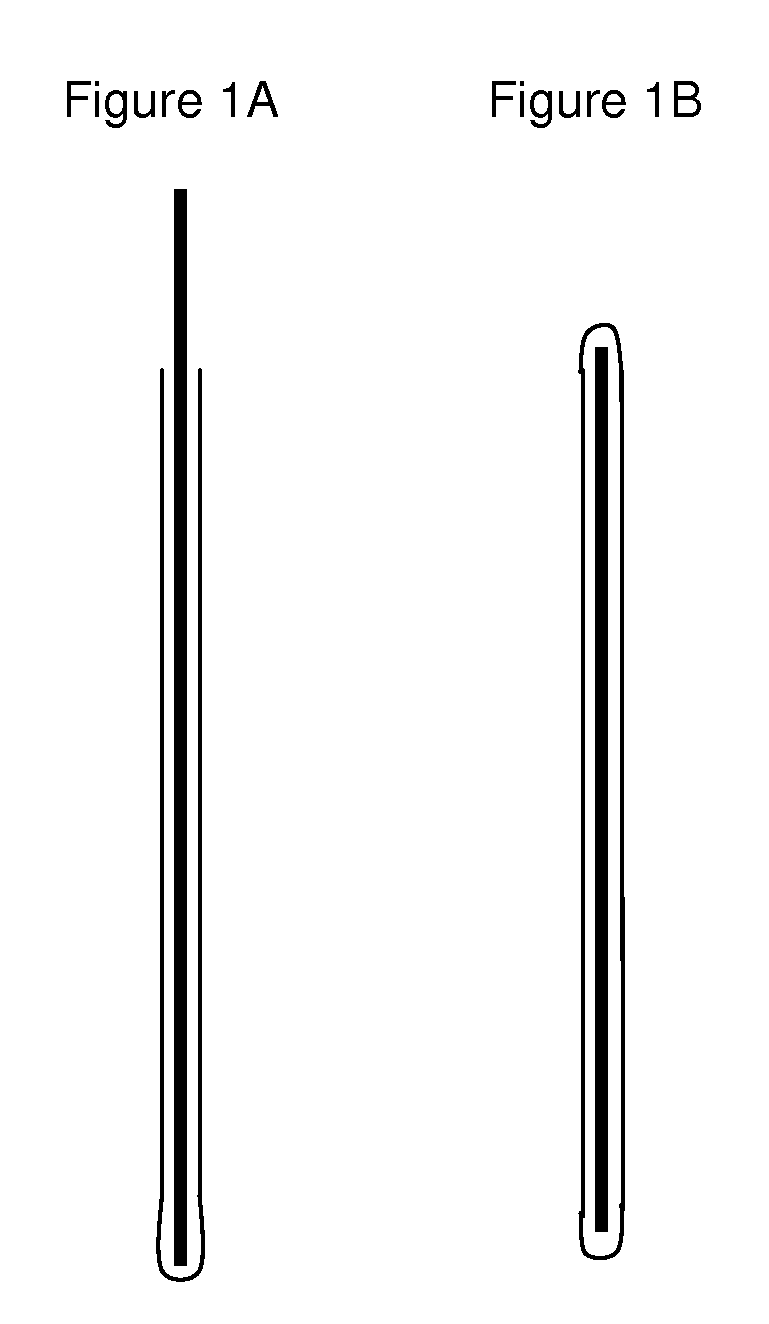Particulate substance collector
a technology of particle collectors and collectors, which is applied in the field of particle collectors, can solve the problems of inability to collect conductive particulates such as powders of inorganic ions or metallic substances, and the operation of the collector is not suitable, so as to achieve the effect of minimizing electric shock
- Summary
- Abstract
- Description
- Claims
- Application Information
AI Technical Summary
Benefits of technology
Problems solved by technology
Method used
Image
Examples
Embodiment Construction
[0018]Particulate substance can be any particulate substance capable of submitting to the electrostatic charge carried on the collector. In general, particulate substance has low moisture level, and is a loosely packed powdered or granular substance, comprised of particulates capable of attraction to the electrostatically charged collector.
[0019]In one embodiment, a collector contains at its core a conductive material such as a piece of stainless steel, copper or other metallic wire. The core is completely encased in a layer of non-conductive material such as glass, epoxy, polypropylene, polyxylene, polyethylene, perfluorinated polymers, rubber, and polyvinylchloride. The totally encased collector is sealed in such a way as to eliminate any electrical continuity between the conductive material inside the encapsulation and earth ground. To generate electrostatic force on the totally encased collector, a voltage source is brought into close proximity of the collector.
[0020]In an alter...
PUM
| Property | Measurement | Unit |
|---|---|---|
| electrically conducting | aaaaa | aaaaa |
| conductive | aaaaa | aaaaa |
| electrostatics charge | aaaaa | aaaaa |
Abstract
Description
Claims
Application Information
 Login to View More
Login to View More - R&D
- Intellectual Property
- Life Sciences
- Materials
- Tech Scout
- Unparalleled Data Quality
- Higher Quality Content
- 60% Fewer Hallucinations
Browse by: Latest US Patents, China's latest patents, Technical Efficacy Thesaurus, Application Domain, Technology Topic, Popular Technical Reports.
© 2025 PatSnap. All rights reserved.Legal|Privacy policy|Modern Slavery Act Transparency Statement|Sitemap|About US| Contact US: help@patsnap.com


